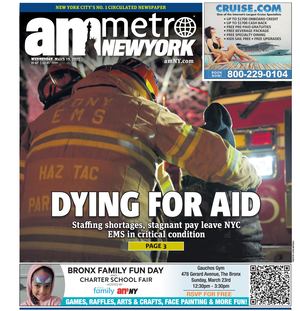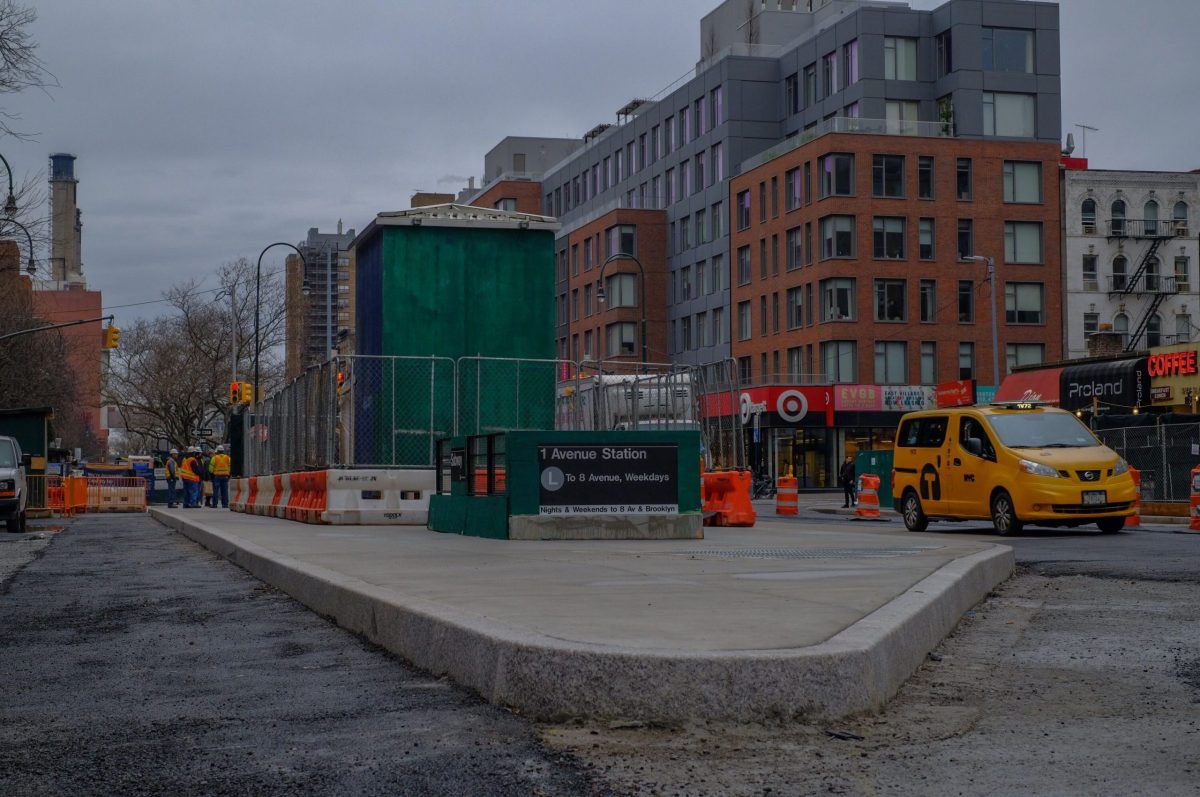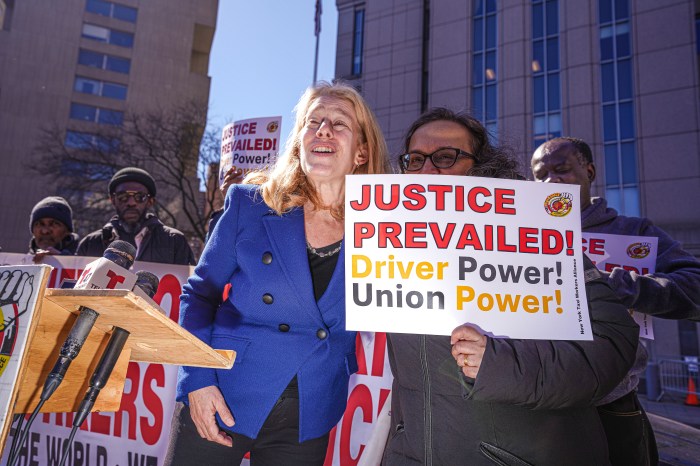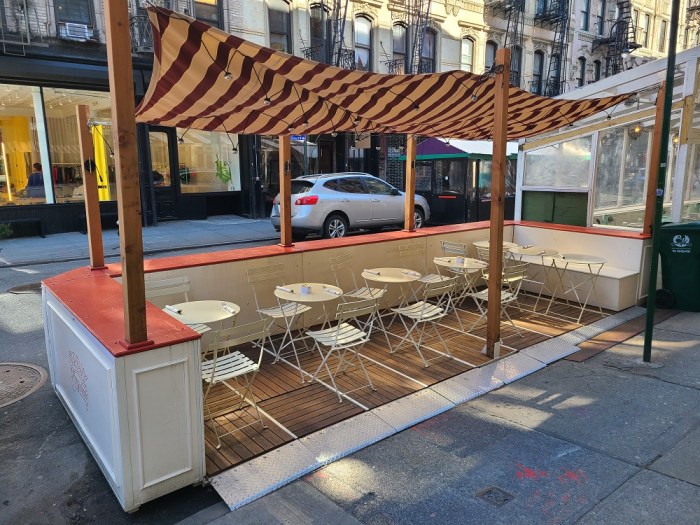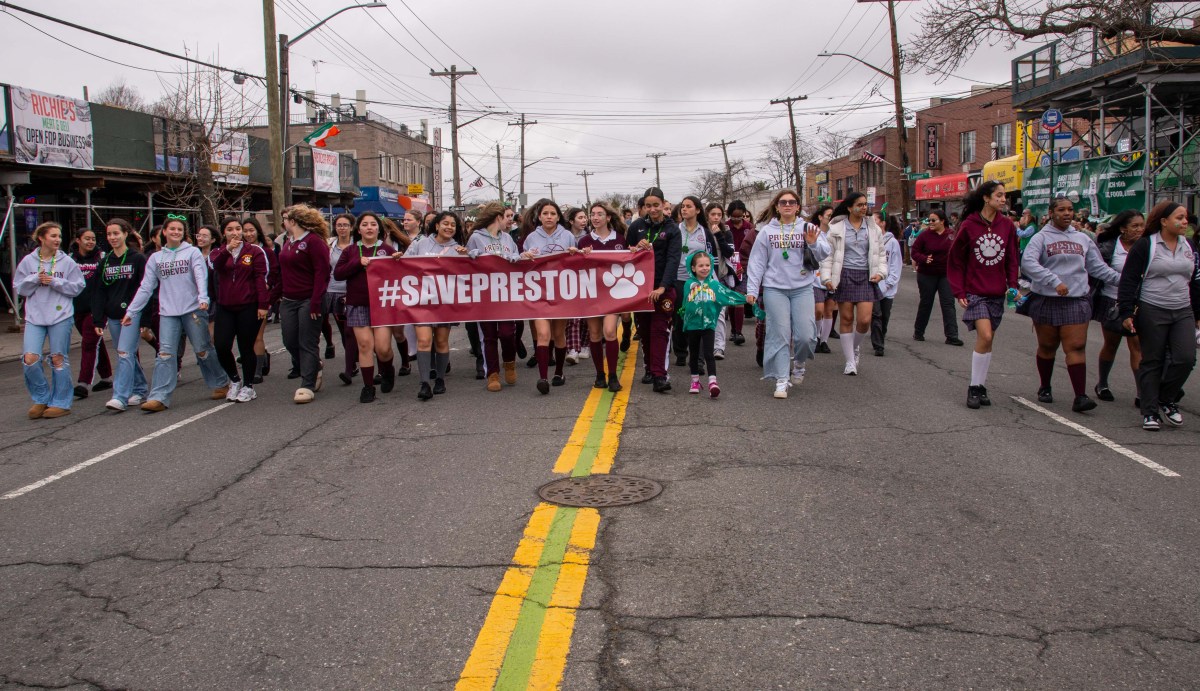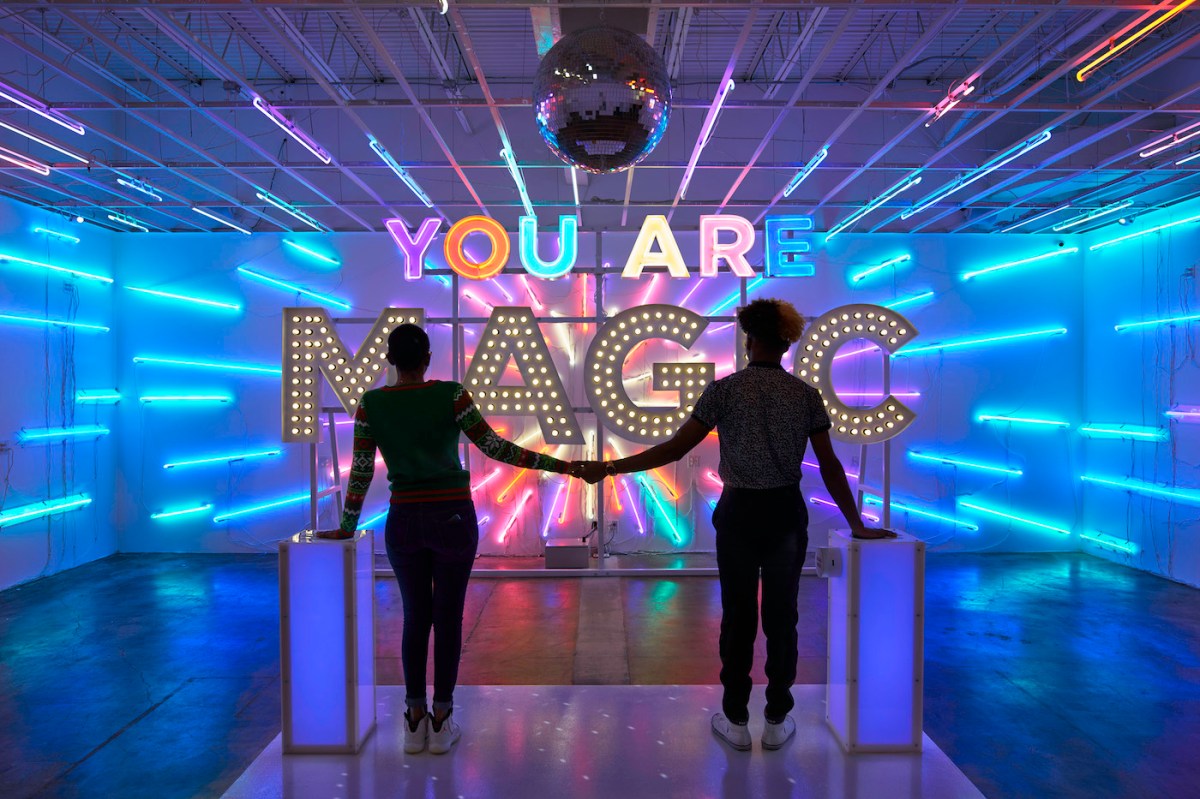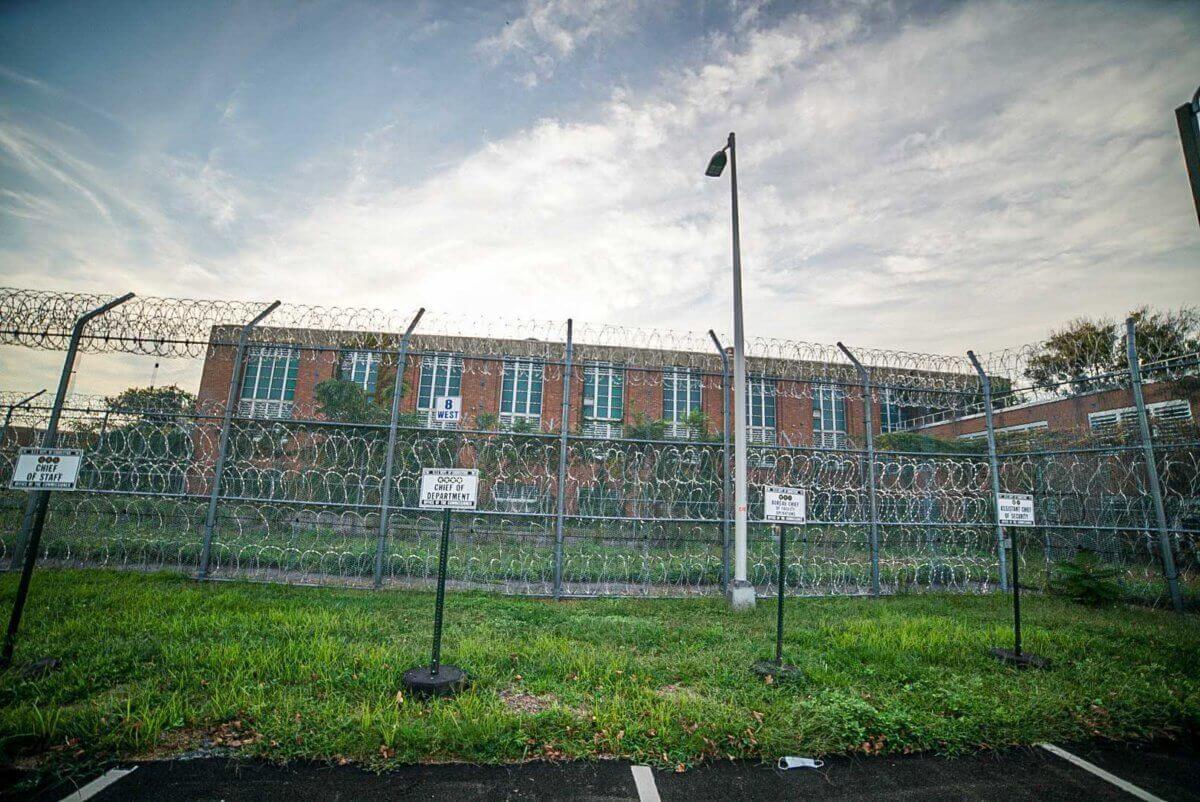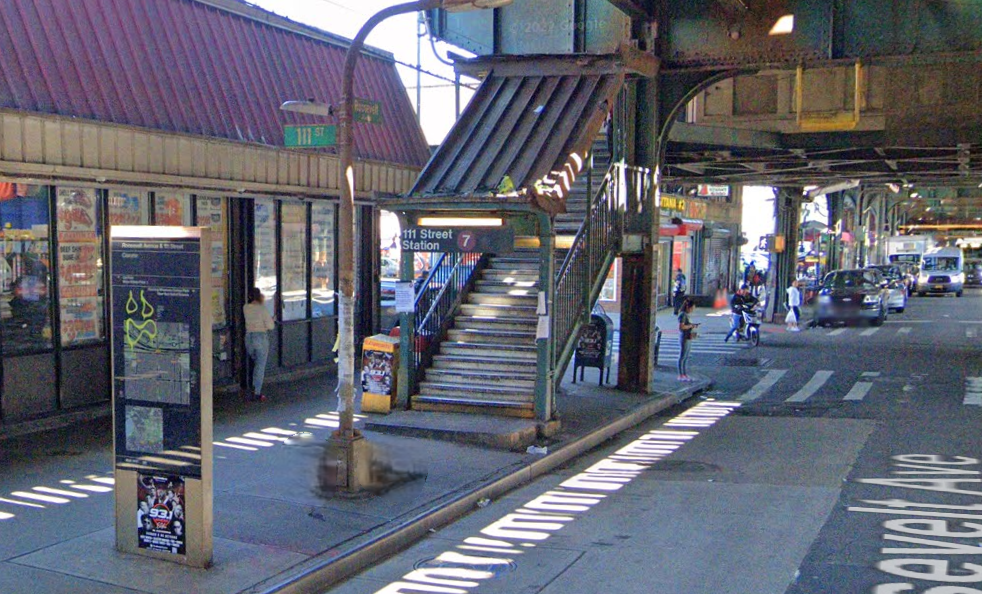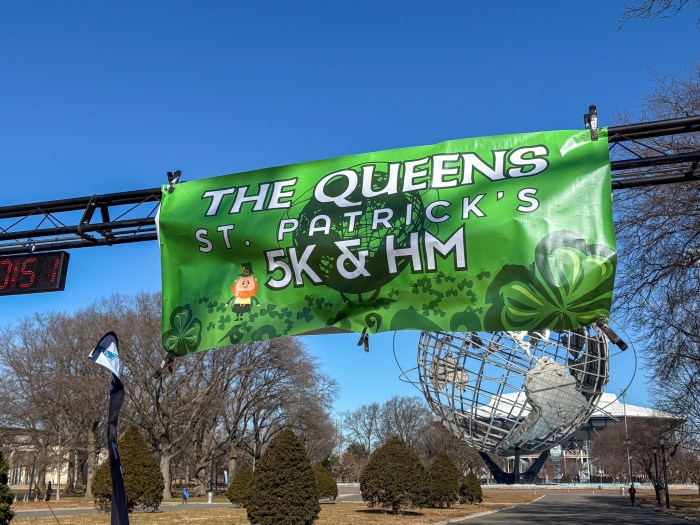New entrances for the First Avenue station in Manhattan are now open to riders who may live or work closer to Avenue A.
The Monday morning rush began with greater access for L train riders as the MTA opened up stairwells and turnstiles connected to the First Avenue stop.
MTA Chief Development Officer Janno Lieber said it’s all about accessibility with these station improvements, which finished on time and on budget at $477 million. Elevators for New Yorkers with disabilities are still in the works, and are expected to be operational by June.
Not only will the new station entrance relieve some congestion, as pointed out by Councilwoman Carlina Rivera, but it will also afford the agency the opportunity to give the First Avenue end of the station a much needed facelift. Everything featured there is original from when it was built in 1913.
But the First Avenue entrance to the station is scheduled to close next week, according to Lieber.
“These new entrances are of course are part of a much bigger project. The L train project is really a model of how we are delivering projects for New Yorkers – as I say, faster better and cheaper,” Lieber said. “We are ahead of schedule by four months and we are doing that with night and weekend work in an approach that was developed by the governor and academic experts, along with our MTA team and we’re doing it with much less impact to the public.”
Lieber pointed out that the agency has been doing major Superstorm Sandy related repairs to the bench-walls of the Canarsie Tunnel since late April. On the Brooklyn side of the river, the first station riders encounter is the Bedford Avenue stop which is currently undergoing similar station work as well as having elevators installed.
“The opening of this means that we can close down the entrances on First Avenue so that we can do the same kind of work we’ve been able to do here,” Lieber said. “The big picture is that the tunnel rehabilitation, which every body was so concerned about is four months ahead of schedule, it’s going to be done in April.”
Lieber said this is part of the MTA’s effort to make all stations American with Disabilities Act compliant, a herculean task considering just last year only a quarter of stations followed the 30-year-old federal law.
But the MTA seems to be catching up, despite a number of lawsuits against their alleged reluctance to make ADA upgrades.
In January, the MTA said they would expedite 23 stations for accessibility upgrades which is only part of a subset of 70 total slated in the 2020-2024 Capital Plan.
